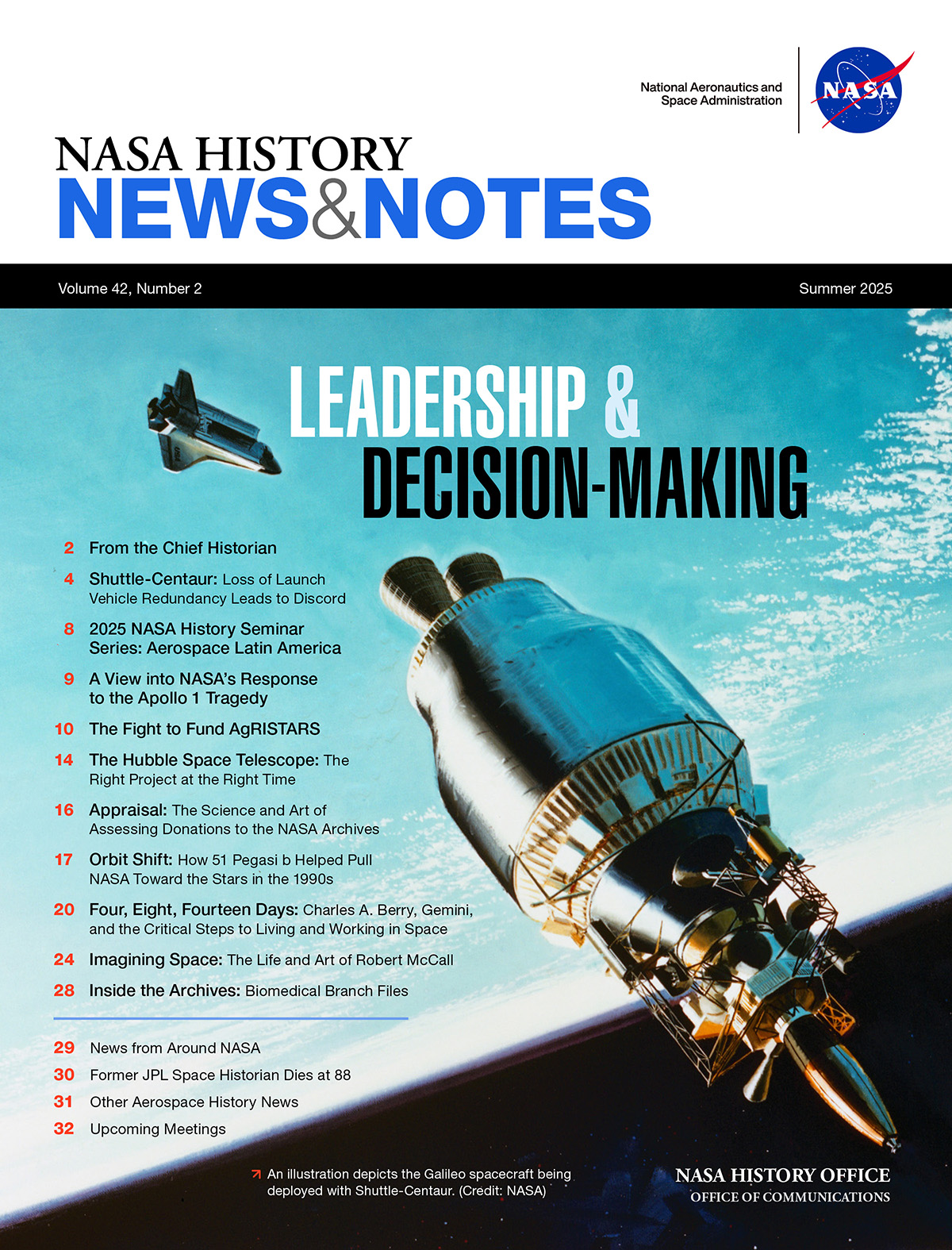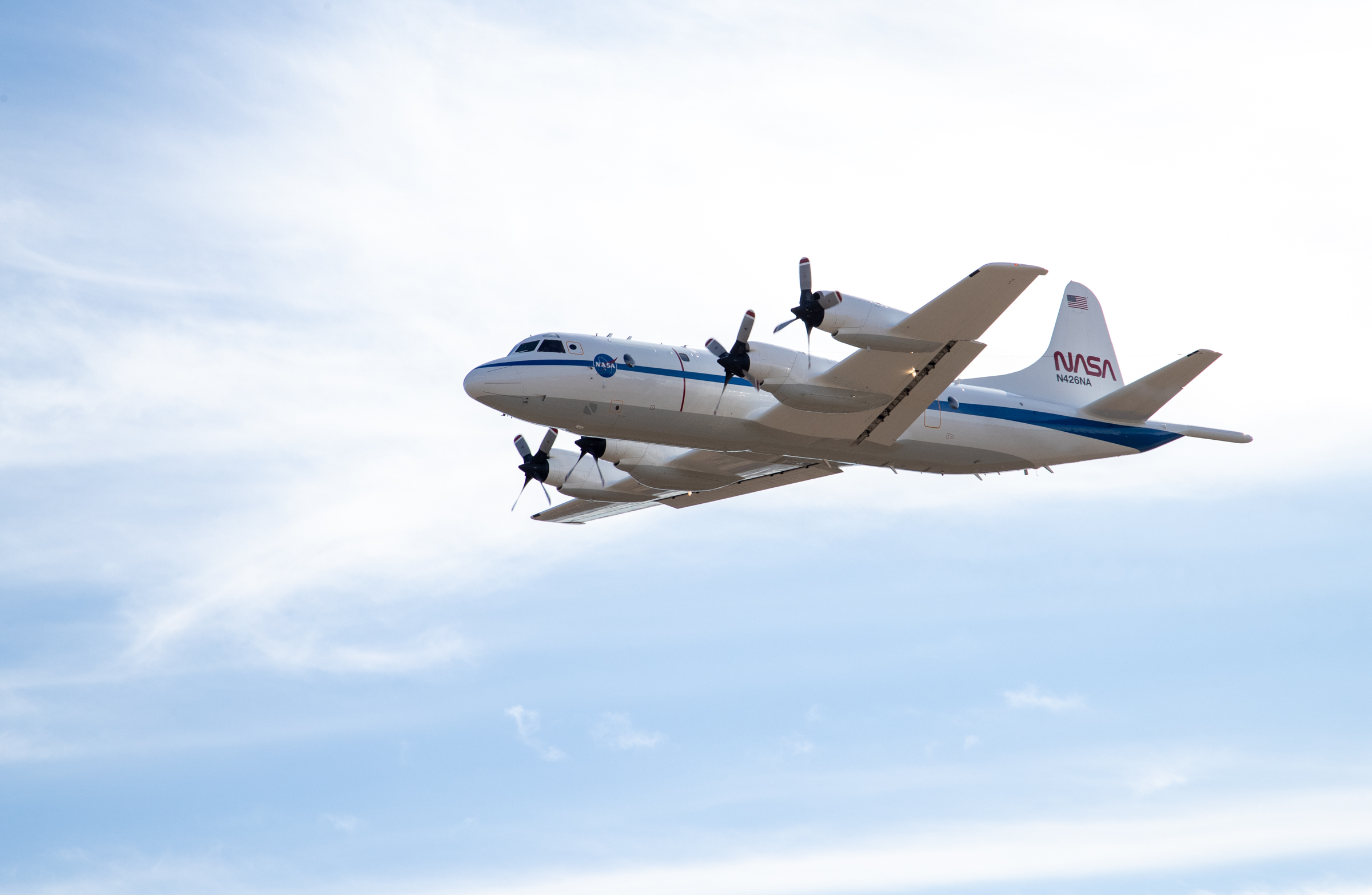Now Reading: NASA Chronicles: Key Updates from Summer 2025
-
01
NASA Chronicles: Key Updates from Summer 2025
NASA Chronicles: Key Updates from Summer 2025

Quick Summary
- Theme: leadership and critical decision-making within NASA’s history highlighted in the summer 2025 issue of News & Notes newsletter. Major themes include historical moments, projects, and challenges that shaped NASA.
- Key Articles:
– The Shuttle-Centaur program was canceled in June 1986 following the Challenger accident to prioritize safety.
– Apollo 1 fire tragedy (1967) underscored risks and complexities of spaceflight on the path to lunar exploration goals.
– Discoveries like the first exoplanet orbiting a Sun-like star (1995) catalyzed advancements in NASA’s exoplanet programs.
– Hubble Space Telescope celebrates its significant contributions over 35 years despite early financial challenges.
- Historical Decisions Explored:
– “All up” testing for Saturn V led bold advancements during president Kennedy’s lunar push in the ’60s.
– Project Gemini demonstrated space rendezvous, docking techniques, and human endurance beyond Earth-a precursor to Apollo Lunar missions.
– Archival processes reveal insights into organizational adaptations across biomedical study archives between Skylab through ISS era.
Indian Opinion Analysis
The analysis of NASA’s history encapsulated in this newsletter offers key lessons about leadership under pressure amidst technological uncertainty-a recurring theme relevant beyond aerospace projects. For India, striving toward ambitious space missions like Gaganyaan or interplanetary exploration programs could benefit from understanding decision-making approaches described here. Prioritizing astronaut safety akin to Shuttle-Centaur cancellation debates might guide India’s crewed mission aspirations while informed archival practices could enhance indigenous knowledge management systems.
moreover, NASA pioneers’ commitment to overcoming funding barriers-exemplified by Hubble’s journey-has resonance for ISRO as it navigates fiscal allocations against global competition. Lastly, leveraging findings on human biology adaptation (similar biomedical workflows documented by NASA archives) can bolster India’s future ambitions like extended lunar bases capable long duration stay explorable paths constraints alike!.
Read More: NASA History Office Summer Newsletter

























